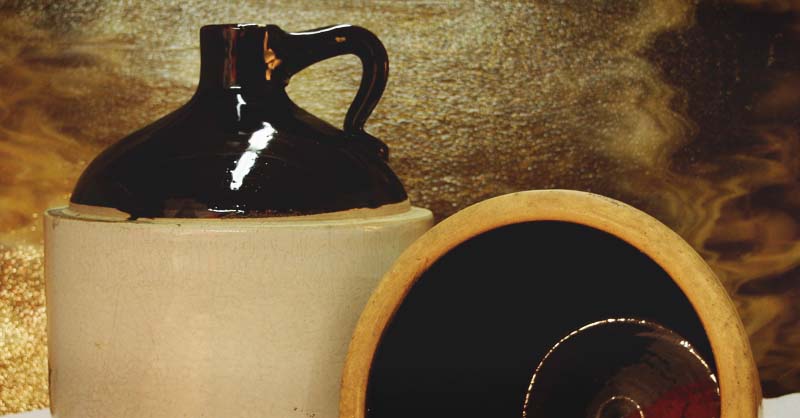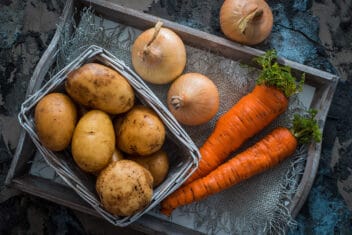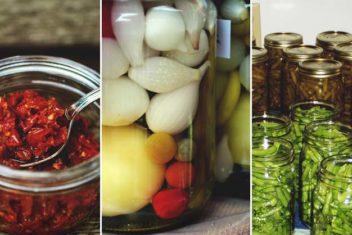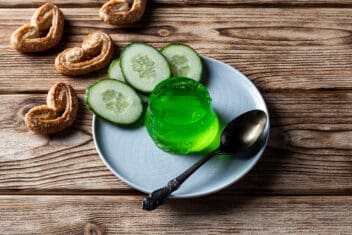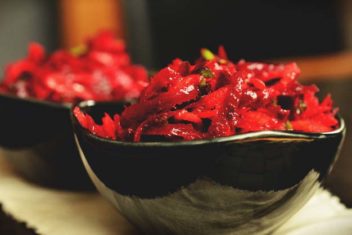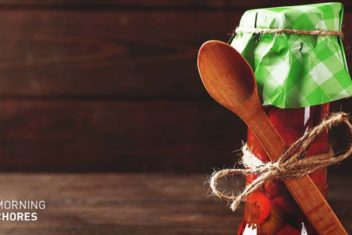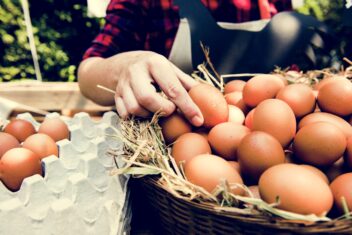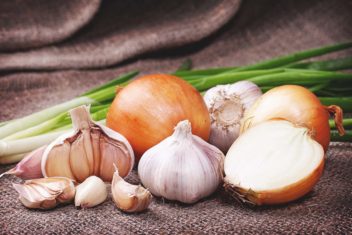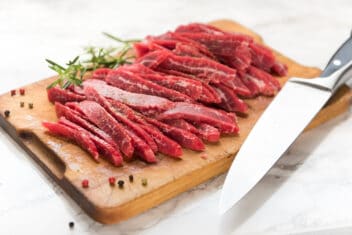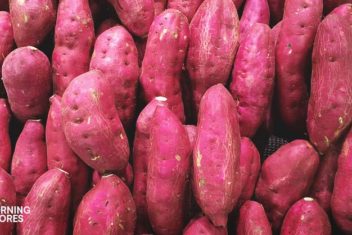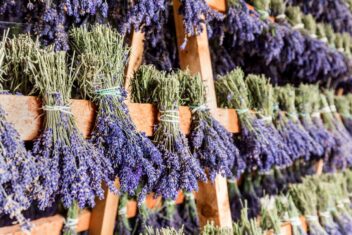Are you someone who likes to learn all kinds of survival techniques and food preservation methods?
If you are, I’m going to bring you two historical food preservation methods known as potting and jugging.
The information is interesting and purely informational at this point, but in extreme cases can be considered for survival as “I’m totally out of options and am going to die if I don’t try something” methods for preserving meat.
Part of being ready to survive under any circumstance is storing a plethora of information in your mind and being prepared to put it into action if needed.
So, let’s explore the interesting history of potting and jugging and let’s hope you never have to use this for survival:
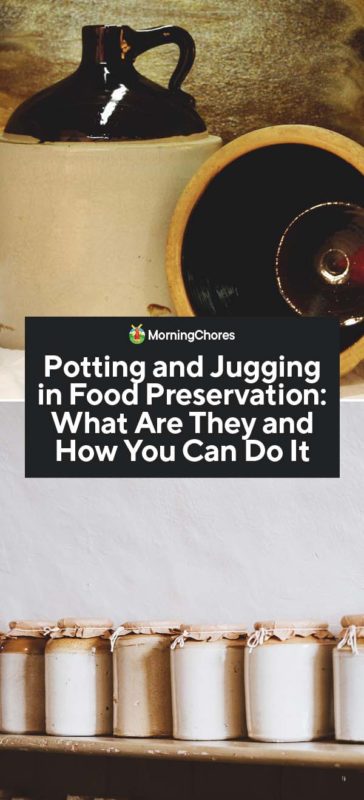
Potting: What Is It?
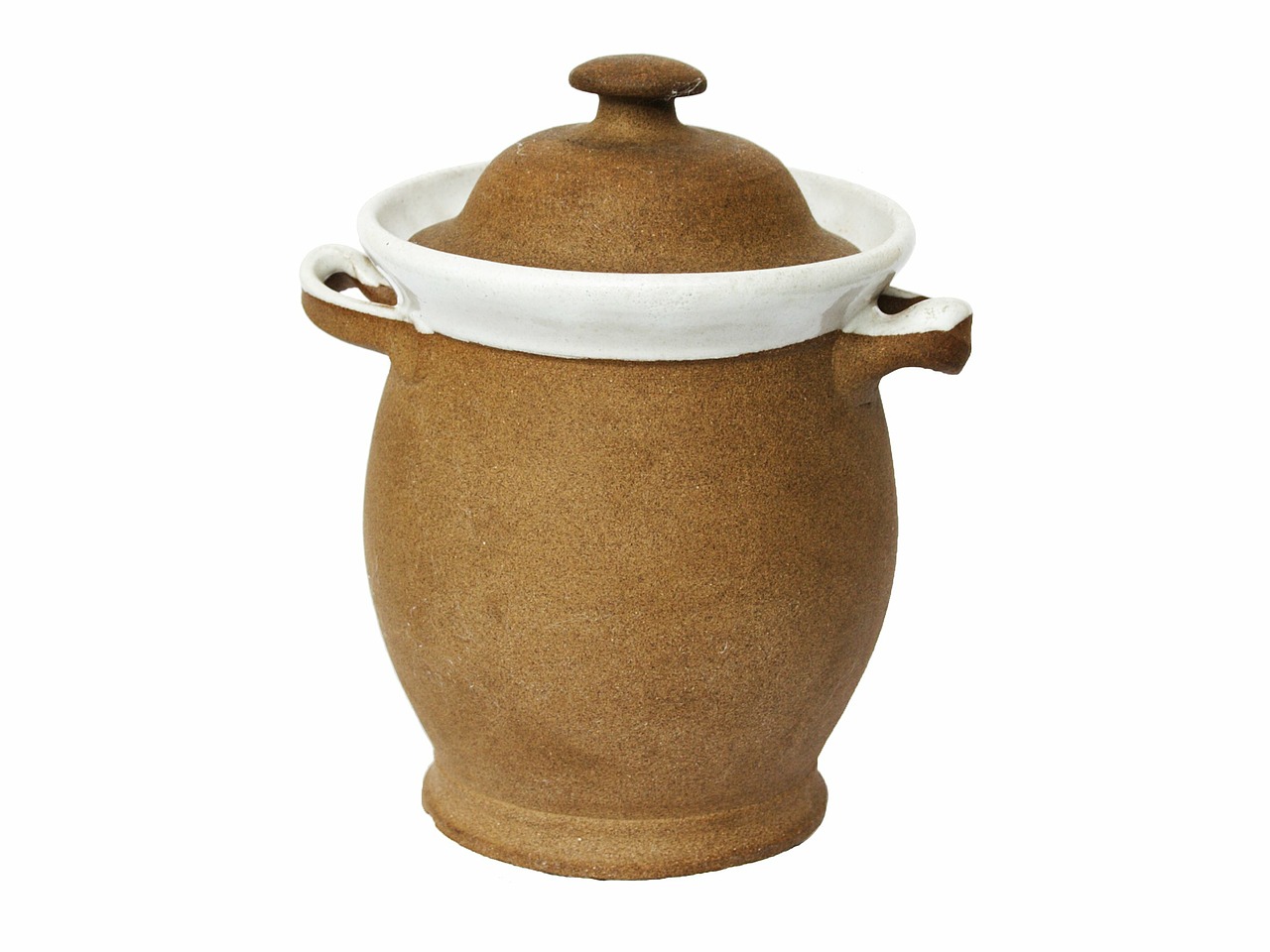
Potting is a food preservation method used to preserve meat and is also known as crocking meat. It’s an ancient method which is no longer recommended because of the risk of botulism.
However, parts of France still use this method for meat preservation. The potting method is where we get the term ‘potted meat’ when speaking about specific varieties of canned meat such as Spam.
Though Spam is processed differently, the idea of storing meat in a small container (or crock), is what set our modern canned meat in motion.
Even if this method for food preservation is no longer recommended, it’s interesting to know how some of our modern foods originated.
How to Pot Meat
Potting meat may sound intimidating if you’re unsure of the process. However, it’s no wonder ancient civilizations used this method because of its simplicity.
Here are the steps to this process which our ancestors used to store their meat harvest:
1. Prepare the Meat
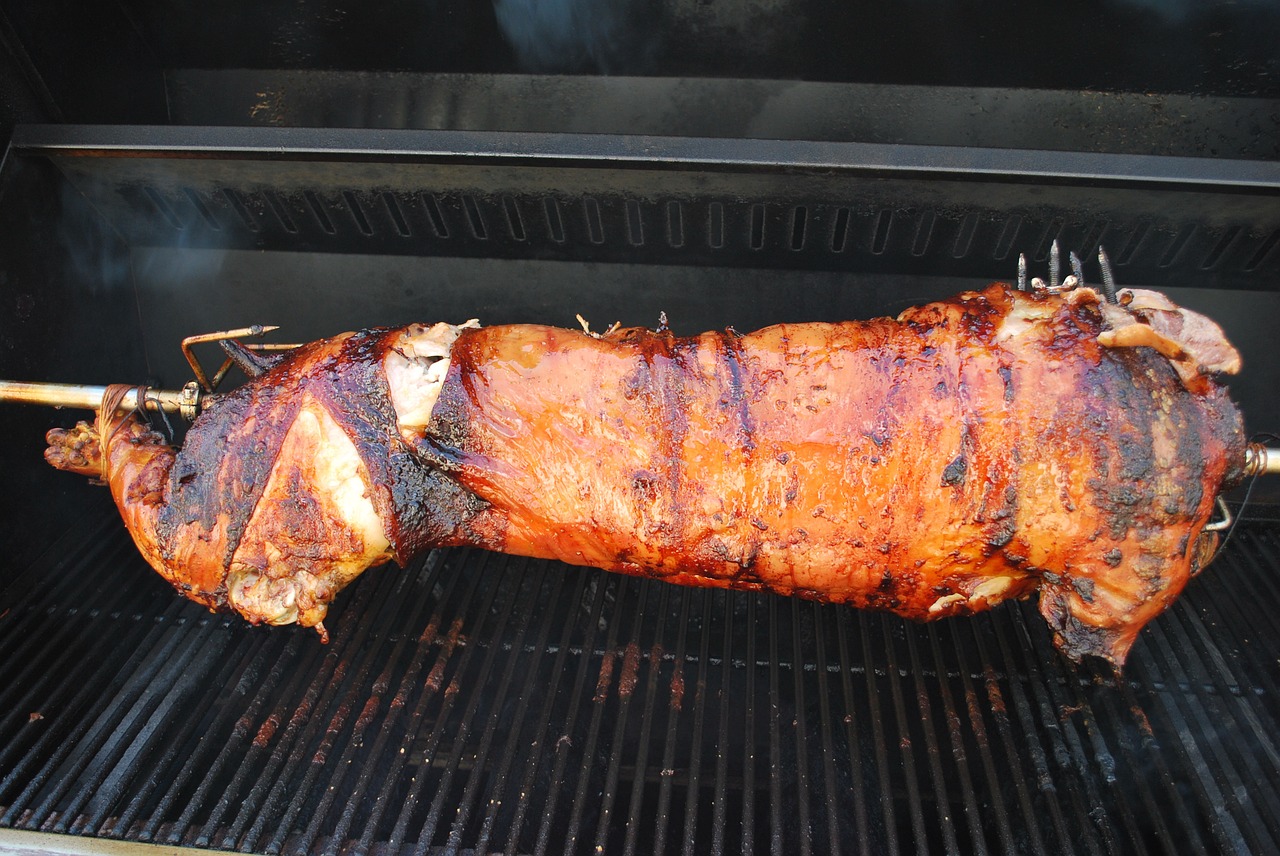
Potted meat begins by preparing the meat. This process will cook the meat fully before storage. They used any variety of meat on hand which needed to last.
Keep in mind, during these times they had no refrigeration. Leftovers had to be handled properly or their work would be wasted.
When the meat had been cooked thoroughly, it was ready for preservation.
2. Meat, Meet Dish
After the meat had been fully prepared, it was time to place it in the dish. They used a ceramic crock in many cases to store the meat.
The crock had to be fully sterilized before use because they did try to control bacteria from forming on the meat as much as possible.
After the meat had been placed in the crock, the fat from the meat was melted. The liquid fat would be poured over the meat and the lid placed on the crock.
3. The Sealing Process
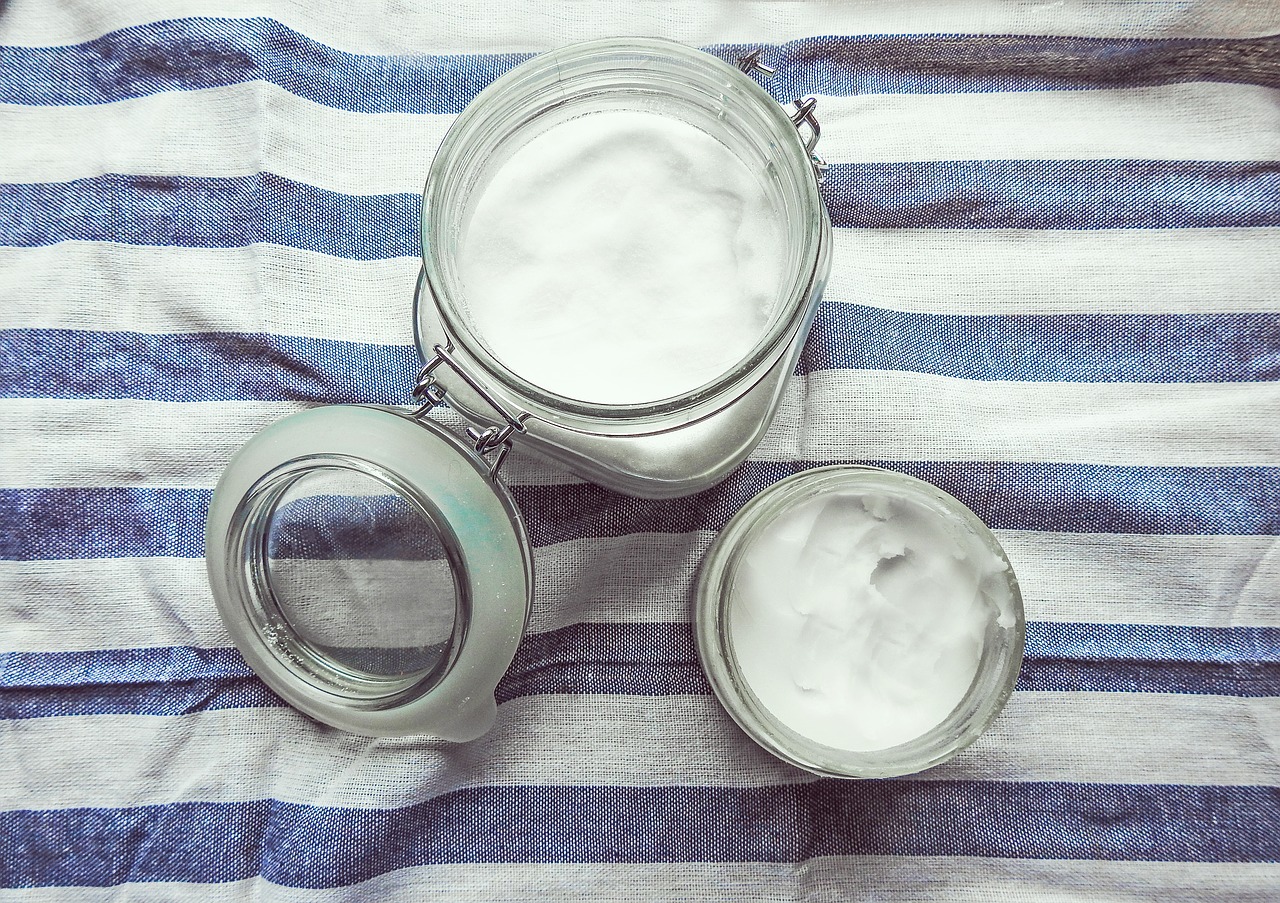
The meat would be ready for storage when the fat covering the meat had solidified. This symbolized the ‘sealing’ of it.
Once the sealing process had been completed, the crock would be stored in a cool, dry location. We do the same thing today by storing food in a root cellar.
The cool location keeps the product inside the crock from cooking further and choosing a dry location, keeps the food and its container from being damaged by water.
The Theory and the Risk
The theory behind potting meat is impressive. Without having advanced science and the knowledge we’ve accrued, it’s amazing all our ancestors were able to accomplish. This method shows how wise our ancestors truly were.
They thought by cooking the meat they were killing any bacteria it may contain, as they knew bacteria would try to attack the meat once in the crock.
Therefore, they sterilized the pot to keep bacteria at bay and they also covered the meat with hot fat. By heating the fat, again, they attempted to kill off any bacteria it may contain.
Plus, once the fat cooled, it acted as a seal for the meat. It reminds me of how the earliest canners used wax to seal their jars instead of lids and rings.
Considering how much we are still learning about safe food preservation methods in our modern age with technology, it’s fascinating how much those before us were able to figure out and achieve with their only tool being their mind and common sense.
The downside to this method is the high risk of botulism. Though our ancestors were headed in the right direction by trying to sterilize everything and seal the meat, they didn’t know how difficult botulisms spores can be.
Fat is a thick substance and is the perfect hiding place for botulism spores which may have been missed during the sterilization or cooking process.
When you seal those spores into the solidified fat and meat, you’re giving them a great environment to grow and cause illness when the meat is consumed.
Though potting is an easy process and gives us great information about how intelligent people from the past were, it shouldn’t be used today because botulism is something to be avoided at all costs.
Jugging Method
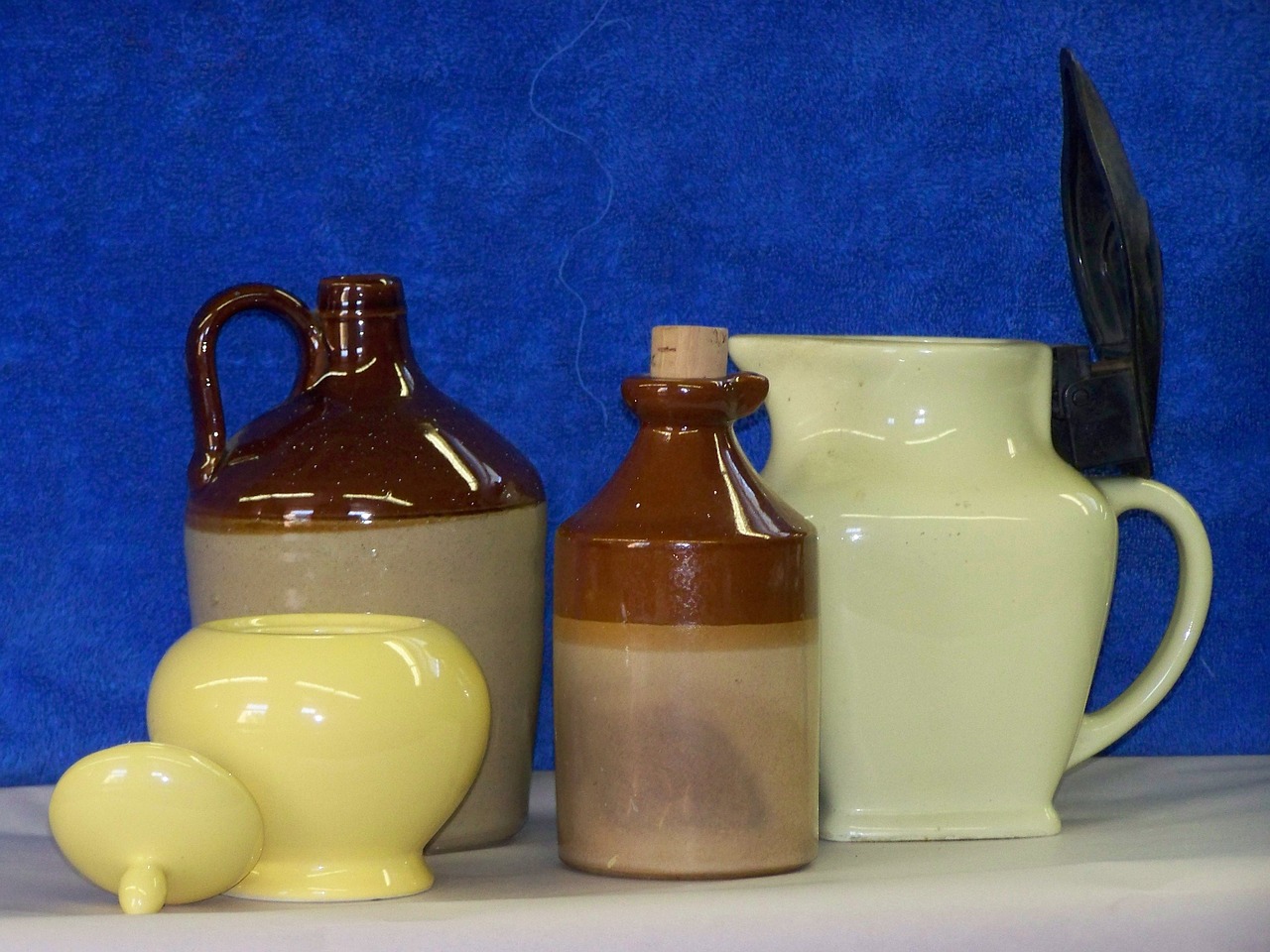
Another outdated method for preserving food is jugging. Though this method isn’t recommended for daily use, it’s interesting to know how this works.
Jugging is the original beans and weenies. What I mean by this is when you’re campfire cooking, you can open a can of beans and weenies and cook them in their container.
This was the idea behind jugging. The meat would be placed in a stoneware jug once it was cut up, and brine would be added to the meat.
In some cases, the blood of the animal would be poured over the meat in the jug and added to the brine.
The meat would be left to brine in the jug. When the brining process was complete, the entire entrée would be cooked inside the jug as a one-pot dish.
This method hasn’t been used since the early 20th century, but it was a common way to preserve meat when it was brought home from a hunt.
The most common meat used in this preservation method was wild game (such as rabbit) and fish, and fortunately, one of the benefits of using this method is it would kill any strong odors or flavors the meat may have had.
Potting and jugging are outdated methods for food preservation, but it’s fun to take a quick trip down memory lane and explore some of the homesteading histories.
Please don’t use potting and jugging at home but do enjoy the information presented here and allow it to further motivate you in your prepping and homesteading efforts.
If the homesteaders before us could find ways to preserve their foods such as potting and jugging, and still survive under challenging conditions, we should be able to as well with the plethora of information at our fingertips.

